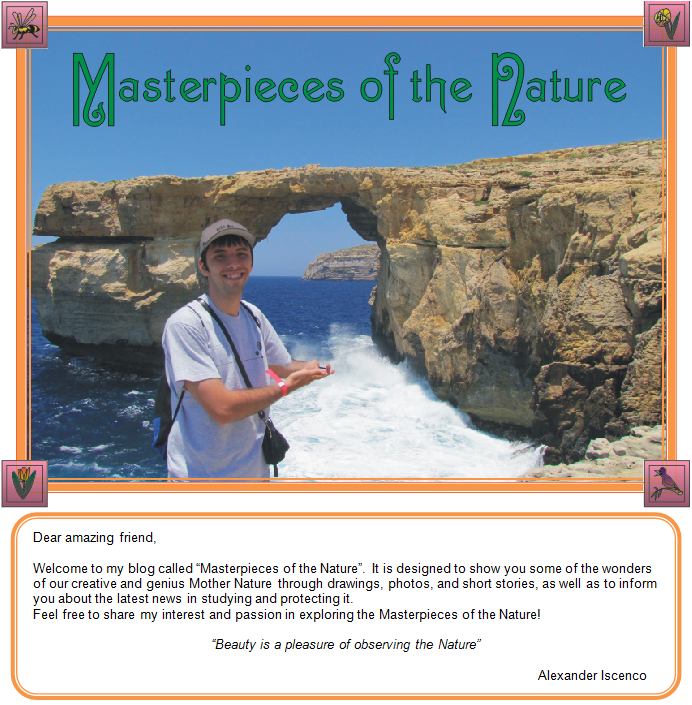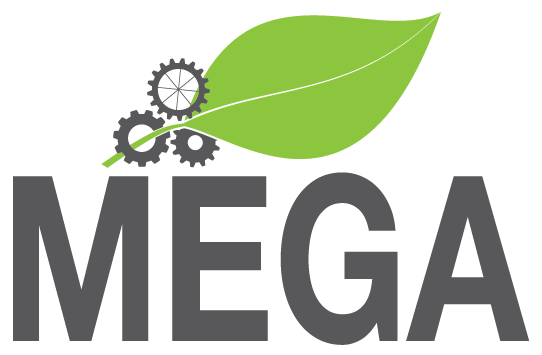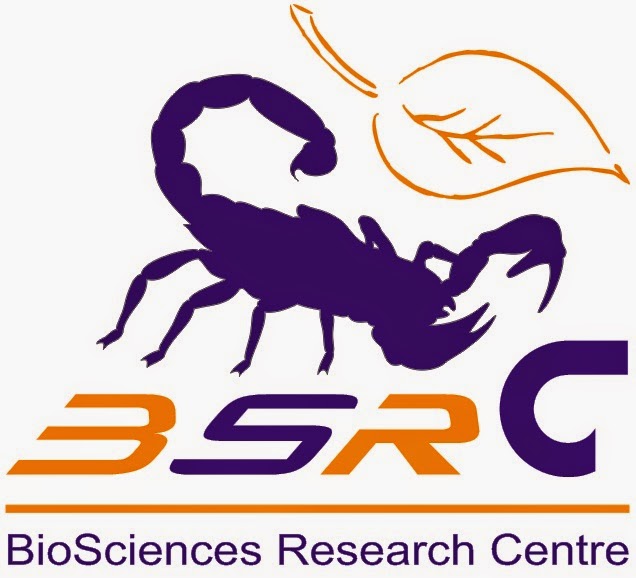On 16th of April, 2011 I participated in the national environmental initiative “
Hai, Moldova!”, which consists mostly in activating citizens of my home country, the
Republic of Moldova, for collecting waste in certain places. I had heard about this initiative a long time ago, and as an environmentalist became interested to see and analyze it from within. Anyway, I used to collect garbage during my walks in “
The Roses Valley” park in
Chisinau, as well as organizing such events as the “
Green Picnic”.
However, there were certain doubts about the efficiency and impact of “
Hai, Moldova!” also. In particular, I was concerned about recycling of the collected waste, organization of such large crowd of volunteers, cooperation with corporate actors, etc.
Thus, I joined in. I did not affiliate to any particular group of volunteers intentionally in order to be able to observe multiple groups and thus have a broader picture of the activities performed. It was an interesting and fun experience, I should say.
Still, the basic principles of scientific analysis make me depart from my personal opinion and present the assessment of “
Hai, Moldova!” on the basis of the observed facts. Here I should stress the point that this is NOT a critique. This post is an
independent internal assessment of an environmental initiative as seen through eyes of a young researcher and trainer in
Environmental and Natural Resource Economics. It is organized according to the well-known
feedback principle of “
STOP, CONTINUE, IMPROVE”.
STOP:None observed.
CONTINUE:+ Promotion and raising awareness about the issue of waste accumulation on the territory of
Moldova among the society. The “
Hai, Moldova!” message reached various economic agents: individual citizens, companies, non-governmental and governmental organizations.
+ Recycling of
plastic. The volunteers were instructed to separate all garbage into
plastic and non-plastic one. I was told that all
plastic waste would be transported to a recycling station at
Ungheni. However, I received no information on where it is located and, most importantly, how the waste would be recycled. Therefore, refer to the IMPROVE section for further discussion.
+ Equipment (protective clothing and bags) provided for all volunteers. The clothing allowed people to stay clean, while the bags were used to collect and store waste. Still, see the IMPROVE section for
feedback about it.
+ Aesthetical results. The activity of “
Hai, Moldova!” contributed to the removal of waste on a large area. Many people enjoyed the view of the cleaned territory after performing the activity.
+ Networking. The event on 16.04.2011 brought together many people from different sectors and places. There were even some foreigners.
+ External promotion for companies as environmentally responsible agents.
+ Team-building activity for representatives from corporate, non-corporate and governmental organizations.
+ Fun. Many people enjoyed the activity in the fresh air, even though it was quite muddy after the rain.
IMPROVE:! Achievement of the environmental goal. “
Hai, Moldova!” claims to be the environmental initiative, but the environmental impact is dubious here. The initiative results in removing the waste from certain territories and transporting to other ones, but not in the reduction of the total amount of garbage on the territory of the country (for a discussion about the dangers of such approach see
here). Therefore, “
Hai, Moldova!” contributes mostly to resolving aesthetical and perhaps health issues related to waste, but less to the environmental one. A suggestion here is to pay much attention to the recycling aspect of waste management.
! Control for further waste “way”. Talking about recycling, “
Hai, Moldova!” seems to be not controlling the real elimination of waste from the ecosystem and, in general, have extremely little information about further “fate” of the collected garbage. The initiative encourages the behavior more of “yardmen” than of “environmentalists”. There is also danger of using the inappropriate ways of recycling. For example, simple burning of
plastic bottles releases all their toxic components into the atmosphere and also contributes to carbon emission increase. Possible improvements can be represented in more active cooperation with the recycling stations, thorough tracking of the whole waste “way”, and more focus on waste destruction.
! Coverage of the whole
waste hierarchy. The focus of “
Hai, Moldova!” is only on the lowest levels of it: disposal and recycling. But the real positive environmental impact is achieved by combining all levels, especially the “3 Rs”: REDUCE slows down the production and consumption of waste-generating goods, REUSE supports multiple use of the same goods, and RECYCLE eliminates the waste that has been impossible or extremely costly to reduce and reuse from the ecosystem. So, an evident proposal here concerns either the enriching of the “
Hai, Moldova!” activities to cover all “3 Rs” or its cooperation with economic agents that focus on the REDUCE and REUSE campaigns. See for yourself: wouldn’t it be better if there is no need for such cleaning activities and people spend their time in more productive ways because there is simply no waste to collect – it is either reduced, or reused, or in the worst case recycled?
! Dealing with “they will clean it anyway” attitude. The activity of “
Hai, Moldova!” contributes to nurturing two opposite types of attitude and behavior in the society. The first one is represented by a more careful attention to the environment and less littering, while the second has the potential of producing even more waste. “I may litter as much as I can. Those guys from “
Hai, Moldova!” will clean it anyway!” – such attitude deserves much attention and brainstorming for ideas on dealing with it.
! Room for creativity and innovation. “
Hai, Moldova!” uses volunteers as simple workforce with the approach “go there and do that”. There are few opportunities and specific environment for these volunteers and the whole society to express their ideas and come up with initiatives for resolving the pollution issue. There are simply no incentives to “
think outside the box”. Some possible recommendations here are the following: creation of the “innovations” page on the
website for users to post their ideas and initiatives; establishment of the virtual forum for creative discussions; organization of conferences, round tables, scenario workshops, etc. for networking and sharing of ideas among different economic agents.
! Organization of volunteer groups. The beginning of the 16.04.2011 event was rather chaotic with many groups and individual volunteers seeking for some instructions and directions. It is possible to improve this by organizing separate “meeting areas” and “info-points” for individuals, companies, NGOs, etc.
! Equipment, such as protective clothing and bags, distributed by “
Hai, Moldova!” is waste in itself. After use it was thrown away, thus adding to the aggregate amount of garbage already available on the country’s territory. Additionally, the label on the clothing read “100%
polyolefin”, which is a
polymer containing such ingredients as
dibutyl phthalate (30 – 40%) – a hazardous compound banned in the
European Union and other countries. In the process of decomposing of such piece of clothing the compound is released into the environment, causing harm to plants, animals, and people. The recommendation for preventing such negative impact is either to reuse (do you remember the “3 Rs”?) clothing by collecting and washing it or to acquire more environmentally friendly protective clothing, or preferably both.

CONCLUSION:No doubt, such national environmental initiative as “
Hai, Moldova!” is a valuable move towards the society’s friendlier attitude towards the environment. “
Hai, Moldova!” managed to bring together many economic agents from all over the country and really “point their noses into” the problem of pollution by waste.
Still, it stands in the infancy of environmental initiatives, where a lot of important connections and interactions between various areas and issues are not considered. And, most importantly, there is no science behind vision, mission, objectives, and all activities within the initiative, as shown by the assessment above.
Anyway, I see (and I hope I see it correctly) that “
Hai, Moldova!” is one of the first, but nevertheless important steps in addressing environmental problems. A baby needs to learn to crawl before one teaches him / her to walk. Therefore, if “
Hai, Moldova!” learns to use science, to “see the Big Picture”, and to explore its own rich potential (and I see it rich indeed!), then it will have the strength to grow into a powerful organization producing REAL POSITIVE ENVIRONMENTAL IMPACT.
So,
“HAI, MOLDOVA!” RISE UP AND START WALKING!
















